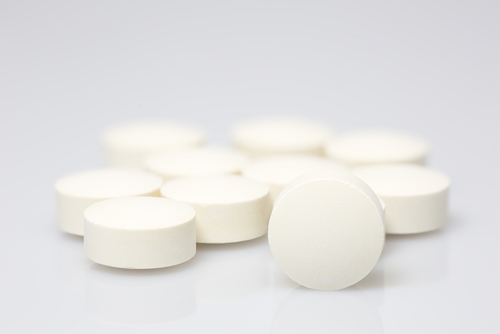Using Hydroxychloroquine for Less Than 1 Year Raises Patients’ Likelihood of Flares, Study Suggests
Written by |

People with systemic lupus erythematosus (SLE) who stop treatment with hydroxychloroquine less than 12 months after its start are at a higher risk of flares than those who continue using it for at least one year, a study suggests.
The research, “Outcomes of Systemic Lupus Erythematosus in Patients who Discontinue Hydroxychloroquine,” was published in the journal ACR Open Rheumatology.
Based on evidence of fewer flares in comparison with a placebo, hydroxychloroquine (sold as Plaquenil, among other names) is recommended as a safe, daily and long-term treatment for SLE patients. This medication, also used to prevent and treat malaria, is thought to help patients lower their use of steroids and lessen organ damage.
Studies into whether stopping use of hydroxychloroquine impacts the course of SLE are scarce. Data are also limited on the link between the duration of hydroxychloroquine treatment and the risk of experiencing flares.
To address these gaps, researchers at Loyola University Medical Center analyzed medical records of SLE patients from July 2006 to June 2016.
Their study’s main outcome was the time to develop flares, defined as new or aggravated symptoms requiring additional or increased doses of immunosuppressive therapies. Secondary goals were specific manifestations of flares, such as arthritis, low levels of blood cells, oral ulcers, or lupus nephritis (a type of kidney inflammation).
In total, the team analyzed data from 509 patients (90.4% women; mean age 40.8), 337 (66.2%) of whom stayed on hydroxychloroquine for the duration of their treatment (median of eight years). Another 172 (33.8%) patients discontinued hydroxychloroquine after a median of 1.9 years; some in this group stopped much earlier.
At baseline or study start, patients who discontinued treatment had a higher rate of arthritis compared to those who did not. But other clinical signs, laboratory results, and use of corticosteroids were similar between the two groups.
Results showed no difference in flare rates between patients who continued on hydroxychloroquine and those who eventually stopped the therapy. However, while both groups were on treatment, patients who eventually stopped it had fewer flares (27.9%) than those who continued (40.7%). Also, 8% of those who stopped hydroxychloroquine ended up developing flares after discontinuation.
Arthritis was the most common first clinical symptom during flares in both groups, but affected more patients undergoing treatment (18.6%) than those who discontinued (12.2%). Leukopenia, low counts of white blood cells, was also one of the first symptoms, affecting 3.5% of people on hydroxychloroquine and 0.3% of those who stopped.
Among patients who discontinued this treatment, those who took it for less than a year — median duration of 2.5 months — were significantly more likely to have a flare compared to those who continued on hydroxychloroquine for one year or more (13.1% vs. 5.7%).
Patients who experienced a flare while on hydroxychloroquine treatment were more likely to have arthritis, oral ulcers, leukopenia, and thrombocytopenia (low blood platelet count).
Those with such specific clinical manifestations as arthritis and blood cells abnormalities also had a greater likelihood of experiencing a flare when stopping hydroxychloroquine compared to patients with other manifestations.
Researchers also noted that patients who discontinued treatment were more likely to have low blood levels of the complement C4 protein as part of their flare. Complement C4 is involved in the working of the immune system, and low blood levels may indicate more severe flares, they noted.
This is “the largest study comparing outcomes for patients on HCQ [hydroxychloroquine] with those who discontinued it,” the researchers wrote, with findings showing that “patients who discontinue HCQ after being on it for less than 1 year are at greater risk for flares compared with those who take HCQ for longer than 1 year.”
“These findings should be used to guide treatment, educate patients on the role of continued treatment with HCQ, and ultimately reduce morbidity and mortality,” they added.




